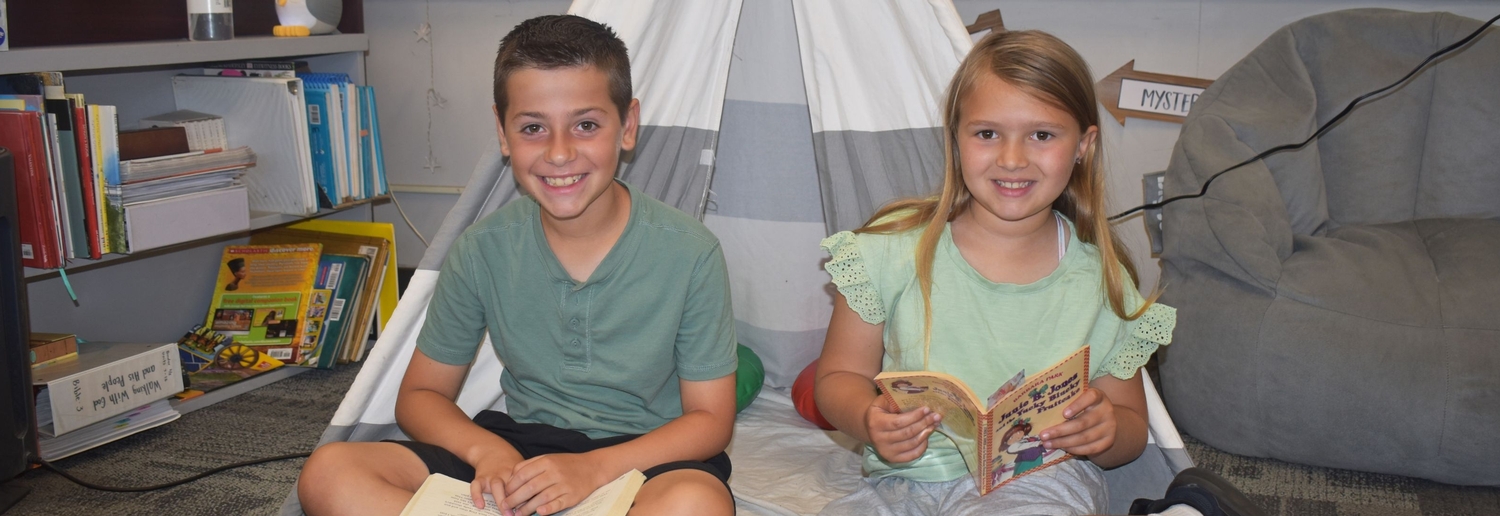
Spotlight Series: 2nd Grade Problem Solvers

This blog is part of a series for the 2022-23 school year to ILLUMINATE how God is at work at San Jose Christian School. Each post will SPOTLIGHT a specific grade level and/or program. This fourth post in the series is a SPOTLIGHT on teaching problem solving at SJCS and features interviews from: Shannon McNerney (2nd Grade Teacher) and Tabitha DeAnda (1st-2nd Learning Center and 3rd-8th Art Teacher)
Part of Our Mission at SJCS is to prepare students to “engage and transform culture for Christ,” and in order to accomplish this, Shannon McNerney says students need to learn that transformation is possible. Ms. McNerney is the 2nd Grade Teacher at SJCS, and while transformation sounds extraordinary, she says that her students have ordinary opportunities to see transformations every day in math problems, conflicts at recess, or even on a blank piece of paper.
“Problems are part of The Fall story,” Ms. McNerney said. “We're going to have problems in our lives. We can't avoid that. But teaching [students] that it's something they can work through shows them that transformation is possible.”
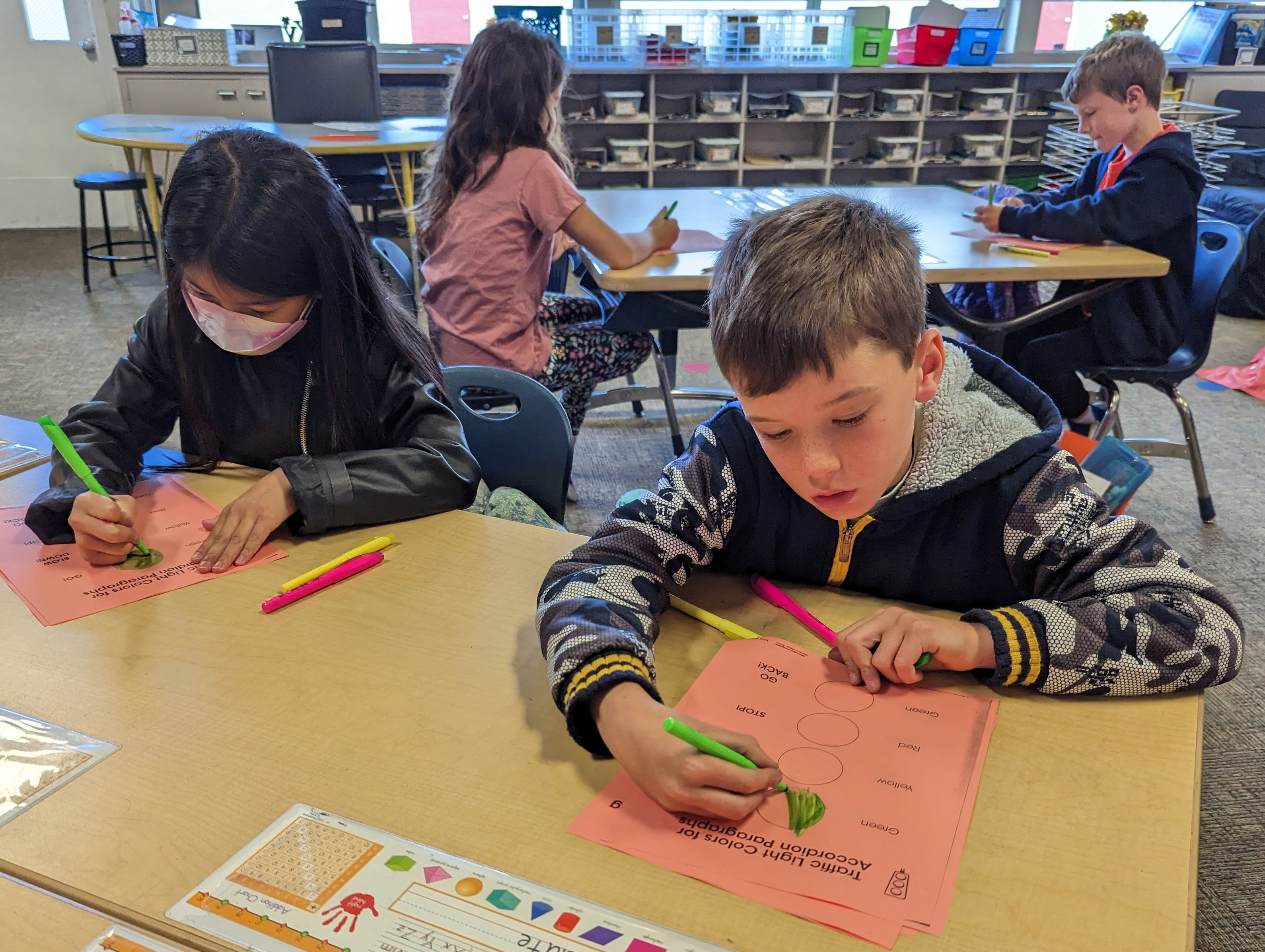
This is the “engage” part of “engage and transform.” It is necessary for students to address the problems in their lives much like they must answer the problems in their math workbooks. Problems are going to happen, but when students understand that problems can be worked through, they learn not to give up in the face of difficulty.
“The students drive those teachable moments,” Tabitha DeAnda observed. Mrs. DeAnda teaches 1st and 2nd Grade Learning Center as well as 3rd-8th Grade Art and works closely with Ms. McNerney to support and teach their shared 2nd Grade students. The two teachers emphasized that while they do not know every problem students will face throughout a day, they are very intentional in planning for and anticipating misconceptions. Their classes are set up to provide a safe environment with the tools and resources a student would need in order to work through problems when they arise.
“We're going to have problems in our lives. We can't avoid that. But teaching them that it's something they can work through shows them that transformation is possible.”
“They have access to everything,” Mrs. DeAnda said, describing the structures, visual aids, and daily routines she uses in her classroom, “so my biggest tool is teaching them how to find it.”
Mrs. DeAnda gave the example of a student who did not have all the materials they needed at the beginning of class. When this student asked for help, her response came in the form of a question: “How can I find that?” She explained that this technique gave her student the chance to think through the problem rather than being given the answer.
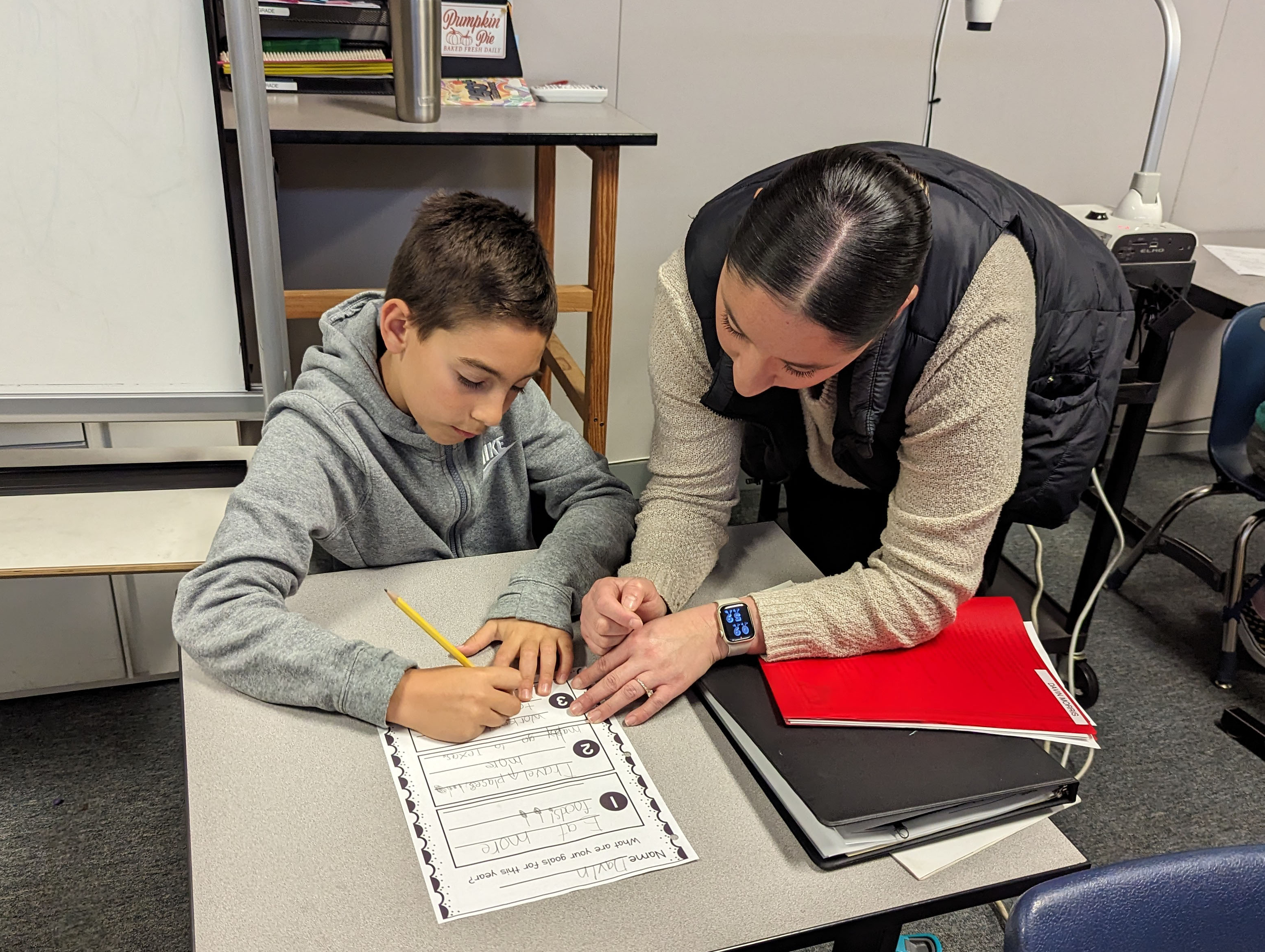
While Mrs. DeAnda could tell her students exactly what they need and where to find it, she does not believe it is always in their best interest long-term. “I like to ask questions like how can you fix that? or how can you find that?... because I want to teach students to think: if I’m in a situation where I need to do this by myself, what are the resources I can use?”
Giving students the opportunity to think through their problems creates new pathways in their brains. Mrs. DeAnda remarked, “You’re teaching them that they’re forever going to be learning… that’s the perspective and culture we want to instill in them at a very early age.”
“Where this was a struggle for them, I see that transformation where they’re not going home defeated.”
In order to foster a culture of lifelong learning, students need opportunities to practice working through challenges in a safe space. At San Jose Christian, we teach the Whole Child with an approach that recognizes the uniqueness of every student. One program available to students who are experiencing challenges with reading and writing fluency is the Learning Center. In the Learning Center, the class sizes are smaller, which allows Learning Center Teachers to provide lessons with even more individualized pacing and support to meet students’ learning needs.
“If we did not finish one of the things on the agenda, I’m not moving on and jumping in the next day just because it’s a new day,” Mrs. DeAnda said. “We’re understanding the concepts before building upon them.”
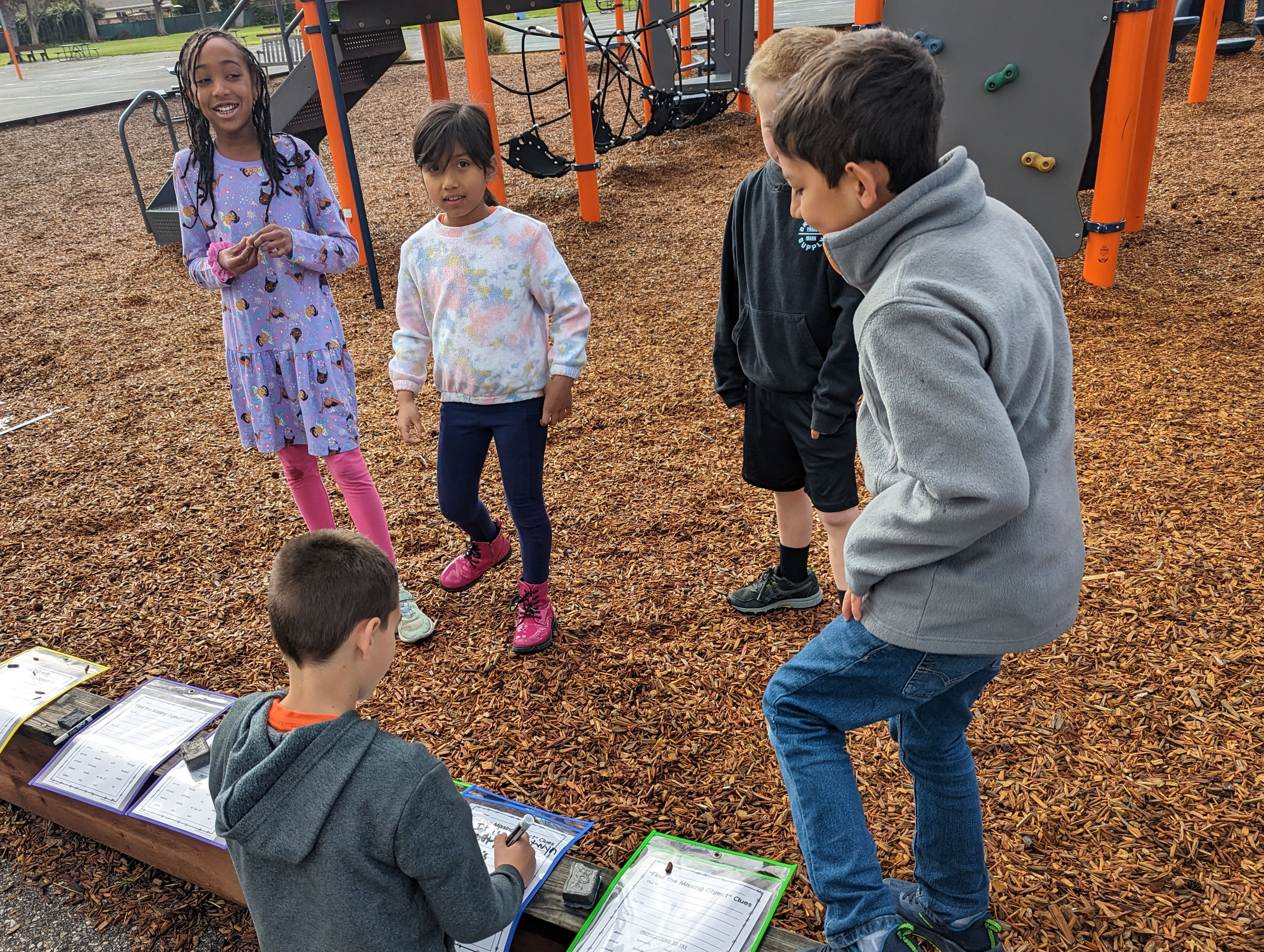
Mrs. DeAnda explained how she wants learning to be a positive experience. Creating a safe and supportive environment that allows students the time they need to learn is what makes this possible. “It gives them the space to actually dial back,” Mrs. DeAnda noted, “and for us to hone into what their needs are and provide them with the tools necessary for them to succeed in the classroom.”
And this approach makes a tangible difference for student learning. Mrs. DeAnda described the transformation she has seen in her Learning Center classroom. “Where this was a struggle for them, I see that transformation where they’re not going home defeated. I’m hearing that they love going... This is fun for them. I mean, this is hard for them, but I’m trying in every possible way to make them feel like learning is amazing.”
“Every moment you’re seeing this magical experience for them.”
Both teachers said that what they enjoy most about working with second graders is their students’ curiosity. Mrs. DeAnda added that second graders are so eager to learn. “Every moment you’re seeing this magical experience for them. It’s so groundbreaking for them because it’s the first time for them learning everything and they’re still just so curious.”
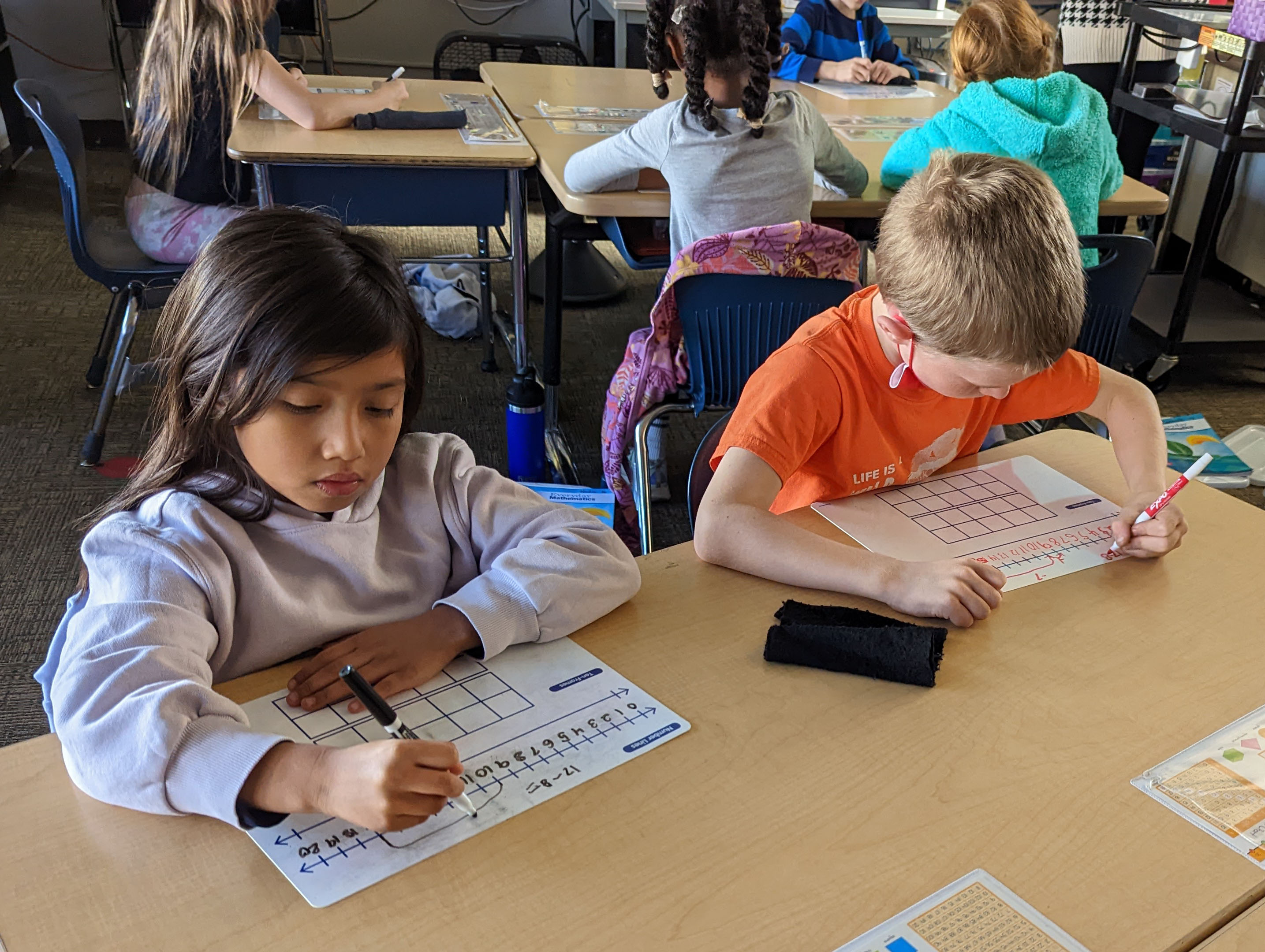
Students’ natural curiosity means they are already longing for an explanation, answer, or solution. Ms. McNerney sees their natural curiosity as an asset for teaching problem solving, especially to get students started when they feel stuck. “Something I see that's really helpful is treating [a problem] almost like a puzzle,” she said, “which can be helpful for them because it’s not looking at something and seeing it as blank… but instead thinking where does this go?” The benefit of this approach is that it breaks the problem apart and allows a student to focus on, for example, writing the first three words instead of the whole paragraph.
Embracing natural curiosity also shows students that they have problem-solving tools inside of them, which teaches not only independence but also self-reflection. “I really enjoy watching them finally be able to communicate with me,” Ms. McNerney stated. When students look inside for a solution, they can identify areas of strength and areas of potential growth for themselves.
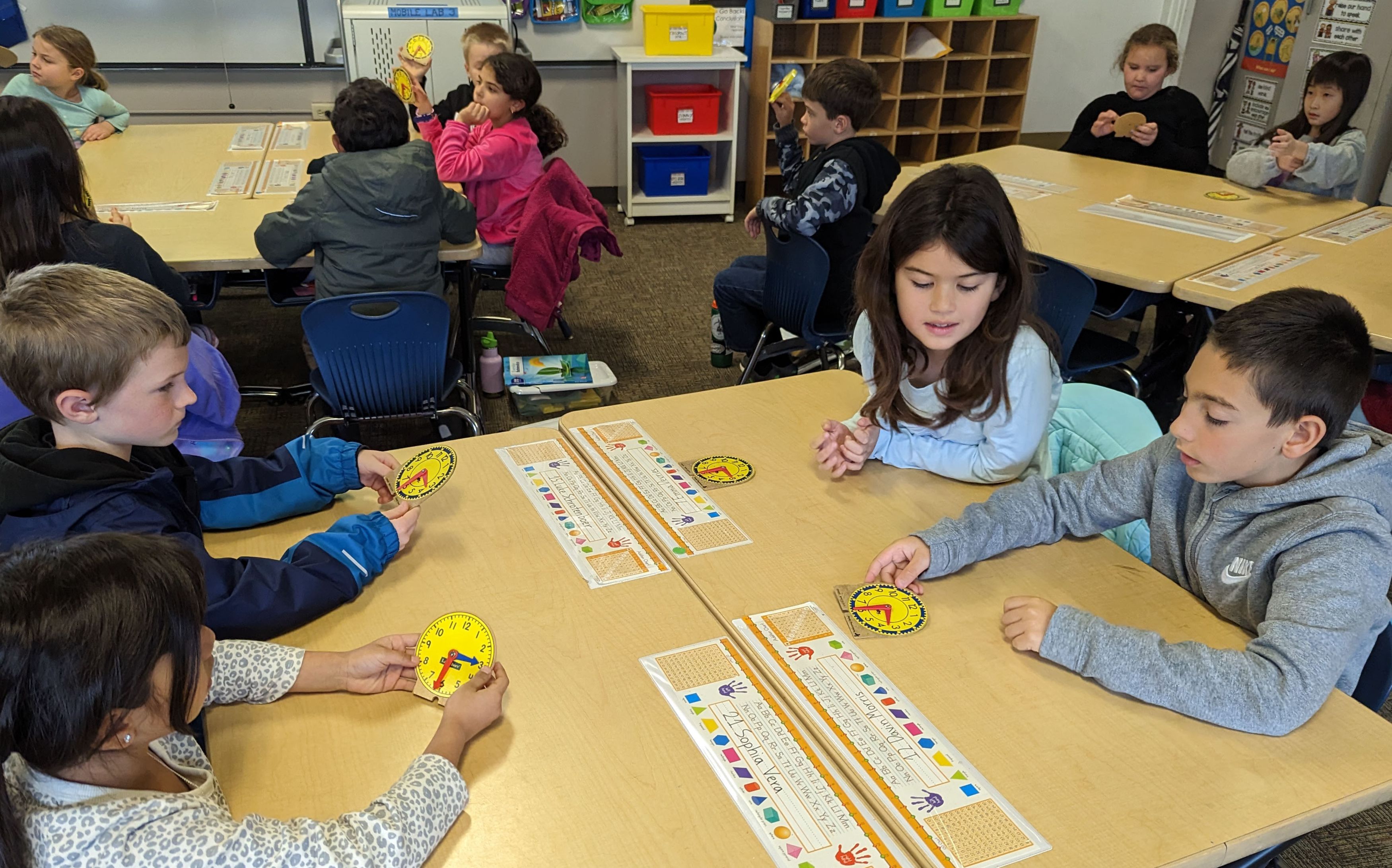
Ms. McNerney also described how when students better understand their own learning style, they can intentionally choose strategies or tools from several options. A visual learner, for example, will look for support on a poster in the room or from a color-coded chart when they get stuck, whereas an auditory learner may raise their hand to ask a question or to hear something repeated.
Additionally, Ms. McNerney explained that all the tools and strategies she provides for students become a “toolkit” that she references in class. When students are working, she says “there may be 12 different strategies given that they can use… and I like watching the kids recognize what works and what doesn't.”
“I think that problem solving can make a more student-centered classroom”
Self-reflection has the added benefit of showing students that learning is not all-or-nothing. Ms. McNerney noted this in describing how students communicate their feelings about different subjects. “There’s a switch that happens when they recognize: ‘Okay, I have certain skills that I appreciate in math, but I have a hard time with reading and writing.’” Rather than believing that because one aspect of school is difficult, they must not like school in general, these second grade students are already showing evidence of a growth mindset.
And it is important to allow students to see that learning is happening whether a task feels easier or more difficult. Both teachers mentioned that creating a safe space in their classrooms includes validating students' feelings when they find something difficult and normalizing that ability is not connected to how quickly a student can overcome a problem.
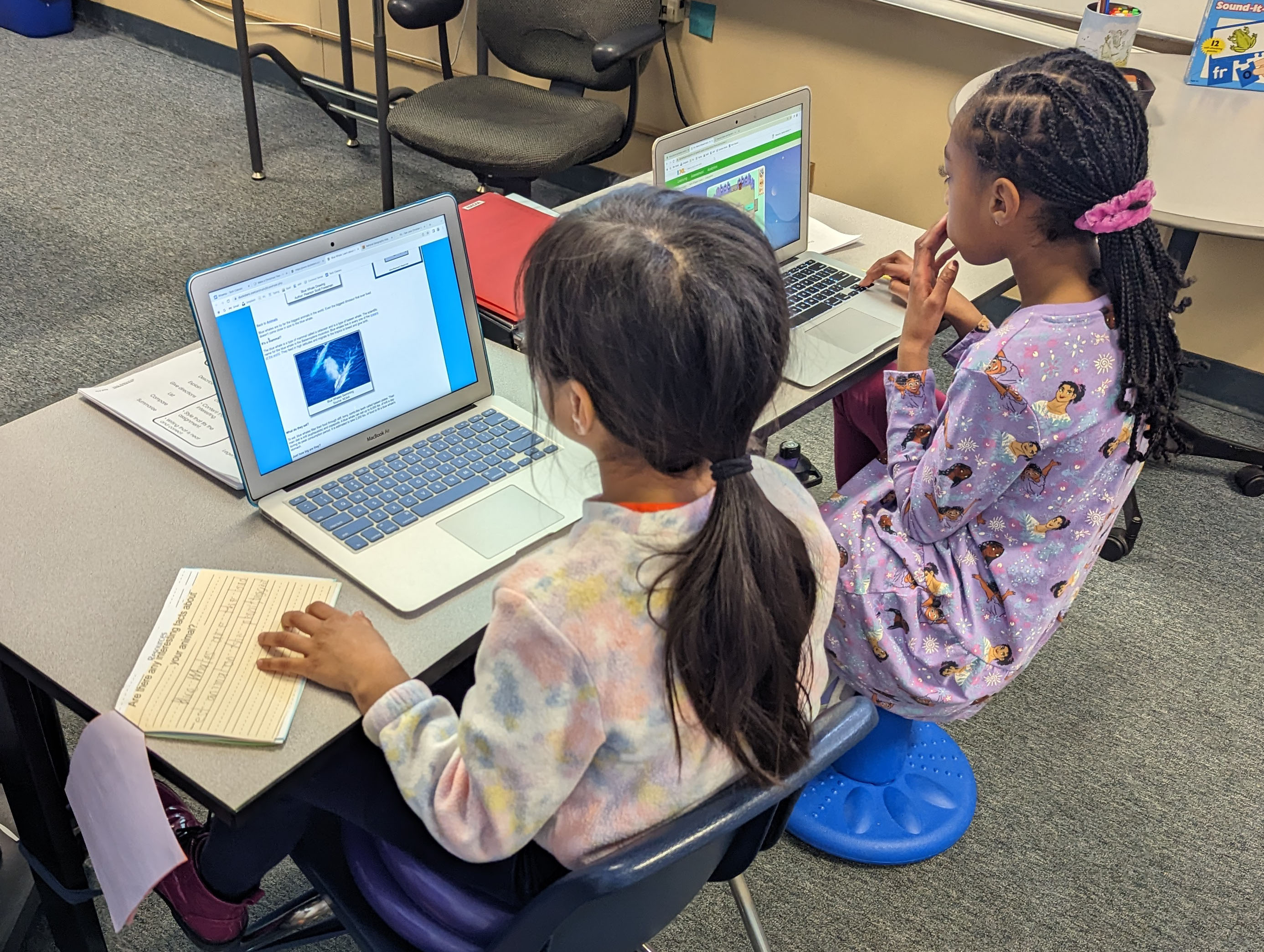
“We both will say that: I don’t know yet,” Ms. McNerney explained. And when students say: I don’t know or I can’t do it, she reframes their language. She will acknowledge that, “Yes, it is hard,” before emphasizing that they can do it, it will just require a different approach or a solution they have not tried yet.
Mrs. DeAnda added that she models this by sharing some of her own challenges and struggles. “I think we can be honest and open about ourselves and with them,” she said, adding, “We’re all learning together.”
Life is a learning process with problems and difficulties. As we prepare students to be world-changers, we are also teaching them that they are part of a community of Christians who are learning and growing as well. When students see that problems, even difficult problems, can be solved, they also see that they can be a transformed person.
“I think that problem solving can make a more student-centered classroom, which is what my goal personally is. In the end,” Ms. McNerney remarked, “they’re going to feel like: This is a place that is for me.”
Rae Sterk is the Director of Community Development at San Jose Christian.
Shannon McNerney is the 2nd Grade Teacher at San Jose Christian.
Tabitha DeAnda is the 1st-2nd Grade Learning Center Teacher and the 3rd-8th Grade Art Teacher at San Jose Christian.
